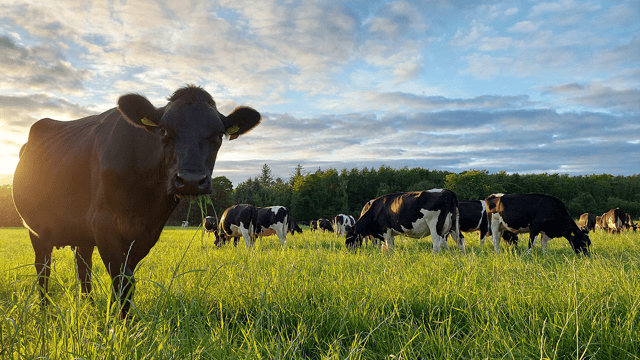Thinking about buying dairy stock? Why not lease some instead?
When dairy farms are expanding, or if someone is embarking on a dairy conversion, it can be a very expensive process, especially when the cost of the stock is factored into the equation.
The cost of buying dairy stock, or rearing such stock, can often be underestimated and farmers can run into cash-flow problems in those early, cash-hungry years.
This is particularly the case when you consider that you’re into a heifer’s second lactation before she returns a positive net cash balance on your farm.
However, purchasing animals is not the only option; another option is to lease them.
The agreement
Like any leasing arrangement, the written contract between the two parties is critical. The lease agreement can be long term or short term – with short term being from one to two years in length.
Usually in a short-term lease the same animals are returned after the agreement ends; but this is not always the case.
Where it is the case, the same animals return to the owner – less any that didn’t go in-calf. However, those that did not go in-calf must be replaced with a similar animal.
AgriLand has learned of another scenario whereby 40 heifers were leased out for a period of two years. The agreement stipulated that, in two years’ time, the leaser (owner) would get back 40 similar heifers (not the same actual animals) from the lessee.
In this scenario, the lessee wanted to grow his herd size and the leaser hoped to gain more land during the period that the heifers were gone.
For the leaser, this scenario had the added advantage that the lessee’s herd had a higher EBI than the leaser’s; so the heifers that he got back would have had a greater impact on the genetic gain of his herd.
In a long-term leasing arrangement the same cows generally don’t return to the owner. They are replaced with a similar group at the end of the agreement.
Again, the profile of the leased cows should be outlined at the start of the agreement. The returned cows should then meet these criteria.
Calves that are born are the property of the lessee; this allows him or her to build up a stock of replacements for his or her own herd.
Costs
At the beginning of the arrangement an average value per cow must be decided upon – which should then be included in the agreement.
In the scenario referred to above, an average value per cow was decided upon and, then, the leaser received 10% of the total value of the group of animals – per year – over the two years.
Whatever the leasing cost and the payment schedule is, they should also be outlined in the written agreement.
Tax and VAT
According to Teagasc, the Revenue Commissioners have clarified the following in relation to income tax and VAT.





